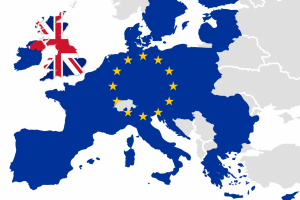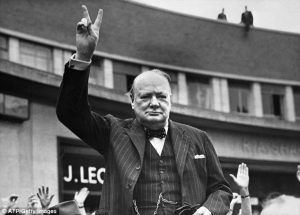Power, and Elite Theories
Control
Since the nineteenth century the state’s active involvement in our lives has become extensive. Complaints were voiced as early as that period that the growth of too much regulation by the state is taking place in Britain. The state can be described both in terms of the institutions which make up it and the functions these institutions perform. State institutions include legislative bodies, including parliamentary assemblies. and subordinate law-making institutions: executive bodies, including governmental bureaux and departments of state: and judicial bodies – principally courts of law – with responsibility for enforcing and, through their decisions, developing the law. To support and maintain legislative, executive, and judicial institutions, all political systems employ police and armed forces to guarantee internal and external security. The growth of state intervention has induced these institutions to increase their powers. The bodies which make up the state perform several functions. These functions are fundamental to the persistence of stable relationships within a society, and they were among the earliest responsibilities taken by the state. As Max Weber argues it is important to have a monopoly of legitimate use of force otherwise there will be no difference between state and non-state institutions. The state also protects property rights and its intervention through the creation of judicial machinery establishes a system for dispensing justice between citizens, because these are equally important as the maintenance of internal and external security. What is different about the modern state is the character and scope of its intervention. As Saunders points out “the state’s character has been increasingly positive and directive while its scope has broadened to encompass areas of economic activity which have traditionally been considered private and thus inviolable”.5 Two areas of state interventions are of particular significance. First, there is the range of public services often referred to as the welfare state. This area of intervention is manifested in the provision of services such as education, health, pensions, income maintenance and housing. Second, following the wide-spread adoption of Keynesian economic management policies, the modern state has become more closely invalued in regulating the operation of the economy. State intervention in this area ranges from facilitating industrial development through subsidies and tax concessions, to direct involvement in the productive process through public ownership of certain industries.
It will be correct to say that the political activities of the state are, inextricably bound up with economic developments wit society. However, it should not be concluded that there is a direct and deterministic relationship between changes in the economy and first economic changes have to be state intervention because first economic changes have to be perceived and acted upon before the state can intervene, but the following examples do suggest that state does take advantage of any opportunity that may arise as a result of economic developments: “In Britain in the nineteenth century the Factory Acts which regulated working conditions were a response to receive deficiencies in the way in which factory owners organized production processes. When attention was drawn to the existence of harmful and damaging working environments, the state intervened to curb the unbridled enthusiasm of entrepreneurs and introduced some measures of protection for industrial workers.”6 Another case, in the twentieth century the apparent failure of private enterprise and market mechanisms to maintain high levels of employment has resulted in state intervention in the economy through such measures as demand management, public work programmes, and state ownership of industry in an attempt jobs”.7



